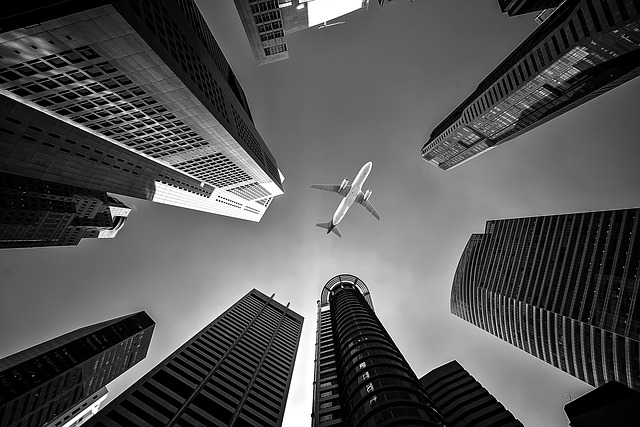Transportation is a means by which animals, goods and humans are moved from one place to another. Some of the typical modes of transport are water, road, rail, air, coastal, navigation, pipeline, cable and space. The role of a well-coordinated and smooth transport system is critical in the sound growth of the country.
Transport is significant as it allows trade between people that is necessary for the expansion of civilizations. It plays a vital role in globalization and economic growth of a country. This article will look at significance of transportation in various aspects of our life.

Classification of transportation
Before we proceed to the importance of transportation, let us take a look at the different types of transportation. It is classified into three basic forms, such as infrastructure, operations and vehicles.
- Transport infrastructure: This form of transportation comprises of the fixed installation of terminals for interchange of cargo and passengers. It includes railways, roads, waterways, airways, pipelines, canals and terminals like railway stations, airports, warehouses, bus stations, refueling depots, seaports and trucking terminals.
- Operations: This type of transportation identifies the way in which the vehicles function, and the methods that accomplish this purpose. It includes financing, policies and legalities.
- Vehicles: This is a passenger transportation system where operators provide either private or scheduled services such as freight transport and bulk transport.
Types of transportation
- Road transport: Road transport plays a significant role in the progress of economic and social state of the country. It is the most cost-effective mode of transportation for medium and short distances. This transportation service is regarded as useful and preferable because of its trustworthiness, flexibility, ease and speed.
- Rail transport: The railway is considered to be “the lifeline” of India. It facilitates transference of goods and people from one location to another. The vastness of the country makes rail transportation a vital transport medium for internal transportation and operation of commuters. People get easy access to various inaccessible areas. With railways, it becomes possible to bring in people and materials from different parts of the country that was earlier not possible.
- Air transport: This mode of transportation is significant for its fast transport. India enjoys a centralized location all over the world in regards to air transportation. This mode of transport began in 1911 when the first postal service was transferred between Allahabad and Naini.
- Water transport: Water transport offer the cheapest mode of transportation as there is no need to create any transportation route. Both internal as well as marine water channels such as canals and rivers provide water transportation in the country.
Significance of transportation
Boosts economic growth: Transportation promotes economic growth in an organization in following ways:
- Supports agglomerations and clusters
- Better productivity
- Enhances accessibility of labor force and jobs
- Opens new avenues for businesses,
- Improves supply chain efficiency
Increases business productivity: Improvements in transportation enhances the reach of businesses and people to find relevant services, jobs, activities, goods, and productivity. Transportation helps reduce time of travel and improves infrastructure too. Employees reach workplace in less time. Businesses also benefit by increased employee productivity. This results in increasing the productivity of an area impacted by the better transportation system.
Enhances accessibility of labor force and jobs: Another economic advantage of transportation is that it provides a larger pool of employees for the job market. A new transit, road enhancements or traveler rail line reduces the travel time of employees as required by other transportation modes like a bus or a car. Now employees can reach jobs that were previously inaccessible. New and improved transportation mode enhances direct access of the population to more job avenues, that makes a place more attractive.
Opens new avenues for businesses: New rail, metro lines and subway attract new commercial and residential development. This provides passengers and businesses with various options to earn as well as spend their money. Better access, and improved transportation projects lead to the economic development of metropolitan areas.
Improves supply chain efficiency: Quicker and easier access to required materials and supplies result in its faster delivery to customers. This not just reduces inventory carrying and transportation costs, but also improves profitability and productivity in a business.
Improvements in the transportation infrastructure makes it possible for organizations to extend their market access to infinite customer base, that increases their competitiveness too.
By improving access to goods, services, markets, housing, employment, education and health care, the expense of movement of goods and people are reduced considerably. This, in turn, increases economic development and productivity of a business.
Conclusion
Transportation forms the backbone for any nation’s development. With all the above ways, continuous growth of transport, its convenience and ease, leads to economic growth of a nation.